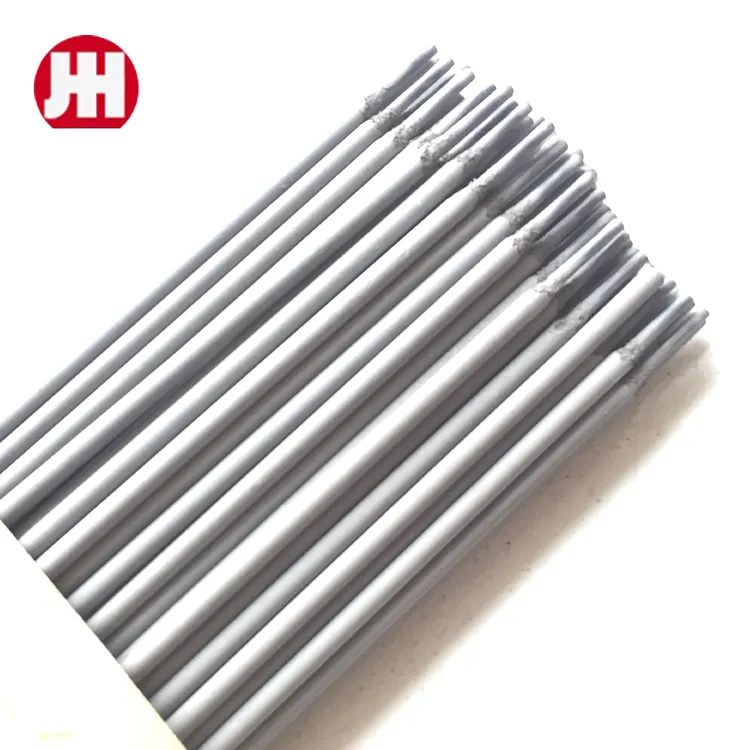After reading this, do you understand the role of welding rods?
I believe all welders know that welding rods must be used when welding. You can start working on the workpiece by connecting the welding tongs to the welding rod. However, do you know the model of welding rods? The use of welding rods is very particular. If the wrong material is used, the welding strength cannot be guaranteed, and it must be re-grinded and welded. If it is a large one, it will be even worse. The welding part will crack, which may cause accidents for personnel and property safety. Therefore, we need to know how welding rods are composed.

The welding rod is a melting electrode coated with welding rod arc welding flux, which consists of flux and welding core. The metal core coated with flux on the welding rod is called welding core. The welding core is generally a steel wire with a certain length and diameter.
Role in the welding process
1. Improve the stability of arc burning
It is not easy for a bare welding rod without flux to ignite the arc, and even if it burns, it cannot burn stably.
2. Protect the welding pool
During the welding process, oxygen, nitrogen and water vapor in the air are immersed in the weld, which has an adverse effect on the weld, not only forming pores, but also reducing the mechanical properties of the weld, and even causing cracks.
After the electrode coating is melted, a large amount of gas is wrapped in the arc and molten pool, which will reduce the interaction between the molten metal and the air. When the weld cools, the cladding forms a layer of slag, which covers the weld surface, protects the weld metal, makes it cool slowly, and reduces the possibility of pores.
3. Ensure the deoxidation and removal of sulfur and phosphorus impurities in the weld
Although the welding process is protected, it is inevitable that a small amount of oxygen enters the molten pool, causing the metal and alloy elements to be oxidized, the alloy elements to burn, and the quality of the weld to decline. Therefore, it is necessary to add reducing agents (such as manganese, silicon, titanium, aluminum, etc.) to the electrode coating to reduce the oxides entering the molten pool.
4. Supplementation of alloying elements for welding
Due to the high temperature of the arc, the alloying elements of the weld metal will evaporate and burn, thereby reducing the mechanical properties of the weld.
Therefore, appropriate alloying elements must be added to the weld through the coating to make up for the combustion loss of the alloying elements and ensure or improve the mechanical properties of the weld.
For the welding of some alloy steels, the alloy must also be penetrated into the weld through the coating, so that the weld metal is close to the metal composition of the base material, so that its mechanical properties catch up with or even exceed the base metal.
5. Improve welding productivity and reduce spatter
The electrode coating can increase the molten droplet and reduce spatter. The melting point of the electrode coating is slightly lower than that of the welding core welding point.
However, since the welding core is located in the center of the arc and the temperature is high, the core melts first and the coating melts slightly later. At the same time, the metal loss caused by spatter is reduced, the deposition coefficient is increased, and the welding productivity is also improved.
-
What is a medium-frequency pulse? What types of welding are suitable for?NoticiasNov.24,2025
-
Why is the overall cost of CO2 welding lower than that of shielded metal arc welding?NoticiasNov.21,2025
-
Welding Knowledge 6NoticiasNov.20,2025
-
What is a low-frequency pulse? What types of welding are they suitable for?NoticiasNov.19,2025
-
Why are the weld joints from CO₂ gas shielded welding of such high quality?NoticiasNov.18,2025
-
J506 Welding Rod - Low Hydrogen, All-Position, AC/DC E7016NoticiasNov.17,2025


